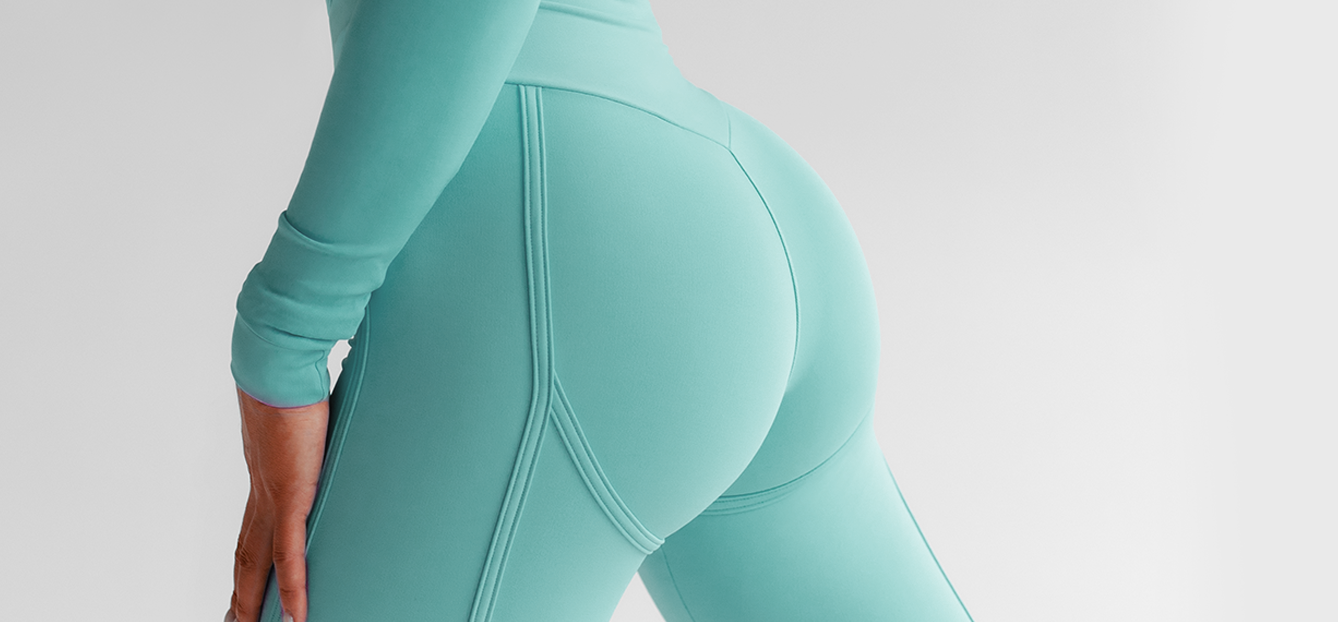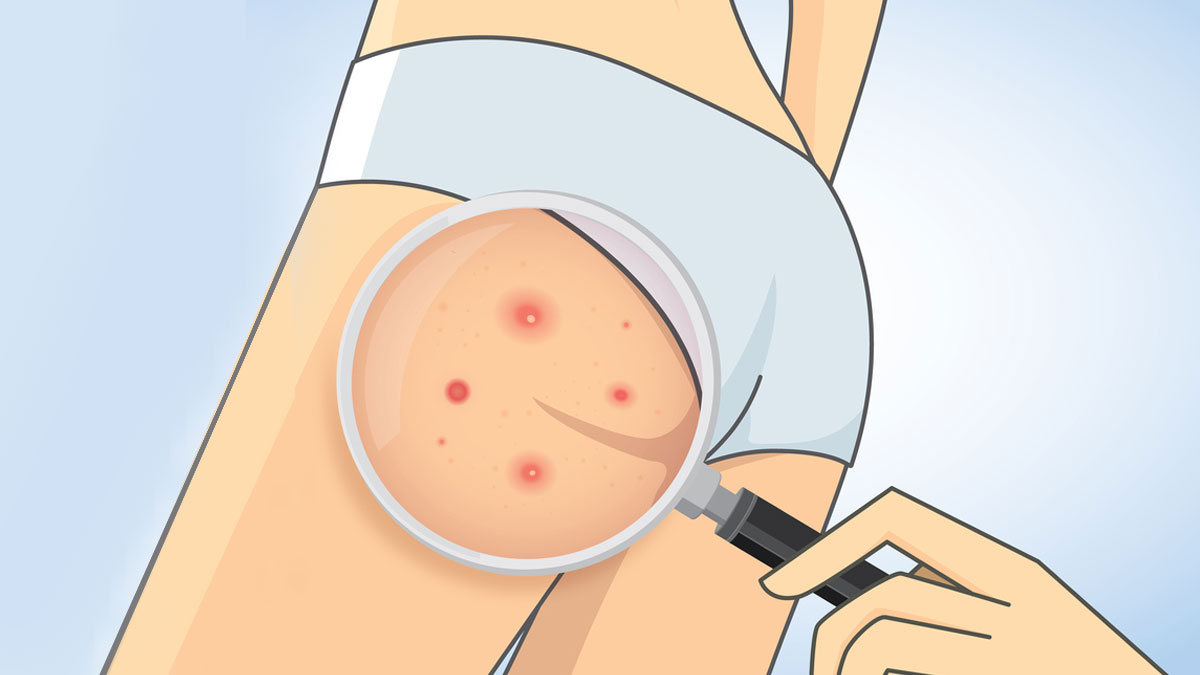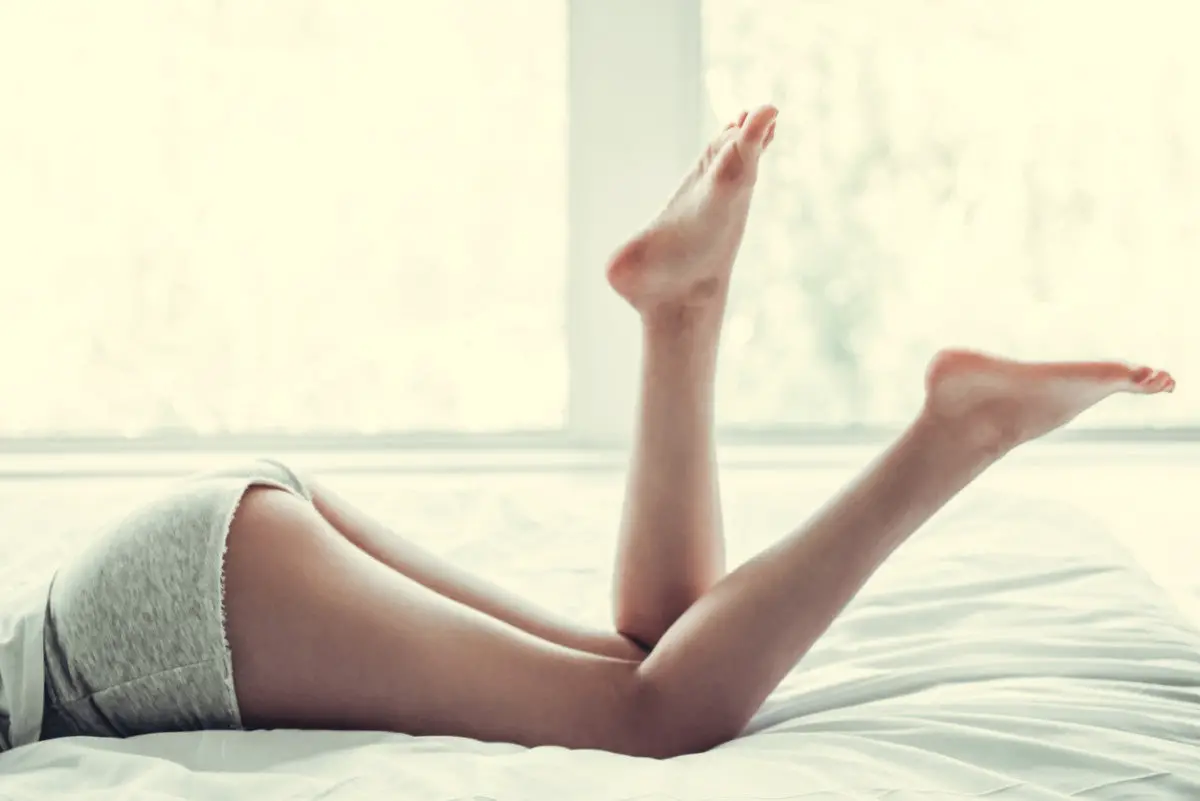KP vs Bacne: Understanding and Managing Skin Bumps
As a beautician, understanding different skin conditions is vital, especially when dealing with common issues like KP vs bacne. While they may seem similar, knowing how to differentiate between these two can significantly enhance your skincare practice.
Keratosis pilaris (KP) and bacne, or back acne, are skin conditions that often confuse both professionals and clients. KP usually presents as small, rough bumps on the skin, often resembling goosebumps or 'chicken skin.' On the other hand, bacne is a form of acne that appears on the back, characterized by pimples, cysts, and sometimes whiteheads or blackheads.

Understanding Keratosis Pilaris
Keratosis pilaris is a common, harmless skin condition caused by the buildup of keratin, a protein that protects the skin from infections and other harmful substances. This buildup forms a plug that blocks the opening of hair follicles, resulting in the characteristic bumpy texture. KP is often found on the arms, thighs, cheeks, and buttocks.
While KP is more prevalent in children and adolescents, it can persist into adulthood. Factors such as dry skin, genetic predisposition, and certain environmental conditions can exacerbate the condition. For beauticians, understanding the nature of KP is crucial for recommending the right treatments and products to clients.
To learn more about how to differentiate KP from allergic reactions, you can visit this resource.
Delving into Bacne
Bacne, or back acne, is essentially acne that occurs on the back. It shares similar causes with facial acne, such as excess oil production, clogged pores, bacteria, and inflammation. Factors like tight clothing, sweat, and friction from backpacks or sports equipment can also contribute to bacne.
For beauticians, treating bacne involves understanding the underlying causes and tailoring skincare routines to address these factors. Regular exfoliation, the use of non-comedogenic products, and maintaining a balanced skincare regimen are essential steps in managing bacne effectively.
For additional insights on bacne, you can explore exfoliation tips that can also be beneficial for similar skin concerns.
Key Differences: KP vs Bacne
While both KP and bacne involve bumps on the skin, their causes and treatments differ significantly. KP is primarily a genetic condition and is not influenced by bacteria or excess oil, unlike bacne. Consequently, treatments for KP focus on moisturizing and exfoliating the skin to reduce the buildup of keratin.
Bacne treatments, however, often involve antibacterial and anti-inflammatory products to combat the acne-causing bacteria and reduce inflammation. Understanding these differences is crucial for beauticians to provide appropriate care and product recommendations.
For a deeper dive into similar skin conditions, such as KP vs eczema, you can check out this detailed comparison.
Treatment Approaches for Beauticians
For beauticians, recommending the right products and treatments is key to managing both KP and bacne effectively. Here are some tips:
Managing Keratosis Pilaris
1. **Exfoliation**: Regular exfoliation with gentle scrubs or chemical exfoliants like alpha hydroxy acids (AHAs) can help remove the buildup of keratin.
2. **Moisturization**: Use rich, hydrating creams that contain ingredients like lactic acid or urea to soften the skin.
3. **Avoid Harsh Products**: Recommend clients avoid harsh soaps or products that can dry out the skin.
Treating Bacne
1. **Cleansing**: Encourage clients to use a gentle, non-comedogenic cleanser daily to remove excess oils and impurities.
2. **Targeted Treatments**: Suggest the use of treatments containing salicylic acid or benzoyl peroxide to unclog pores and reduce bacteria.
3. **Lifestyle Adjustments**: Advise clients on the importance of showering after sweating and wearing loose-fitting clothing to minimize friction and irritation.
For more nuanced understanding of similar skin conditions, such as the differences between KP and ingrown hairs, you can visit this informative article.
Conclusion
In the realm of skincare, understanding the nuances of conditions like KP vs bacne can make a significant difference in how beauticians approach treatment and client education. By recognizing the symptoms, causes, and effective treatments for each condition, you can enhance your professional expertise and provide tailored skincare solutions.
For additional reliable information on keratosis pilaris, you can visit Harvard Health.

FAQ
What are the main causes of KP?
KP is primarily caused by a buildup of keratin in hair follicles, often due to genetic factors. It is not influenced by bacteria or oil, unlike acne.
Can bacne be treated with the same products as facial acne?
Yes, many products effective for facial acne, such as those containing salicylic acid or benzoyl peroxide, can also be used to treat bacne.
Is it possible for someone to have both KP and bacne?
Yes, it is possible as they are caused by different factors. However, each condition requires its own specific treatment approach.

